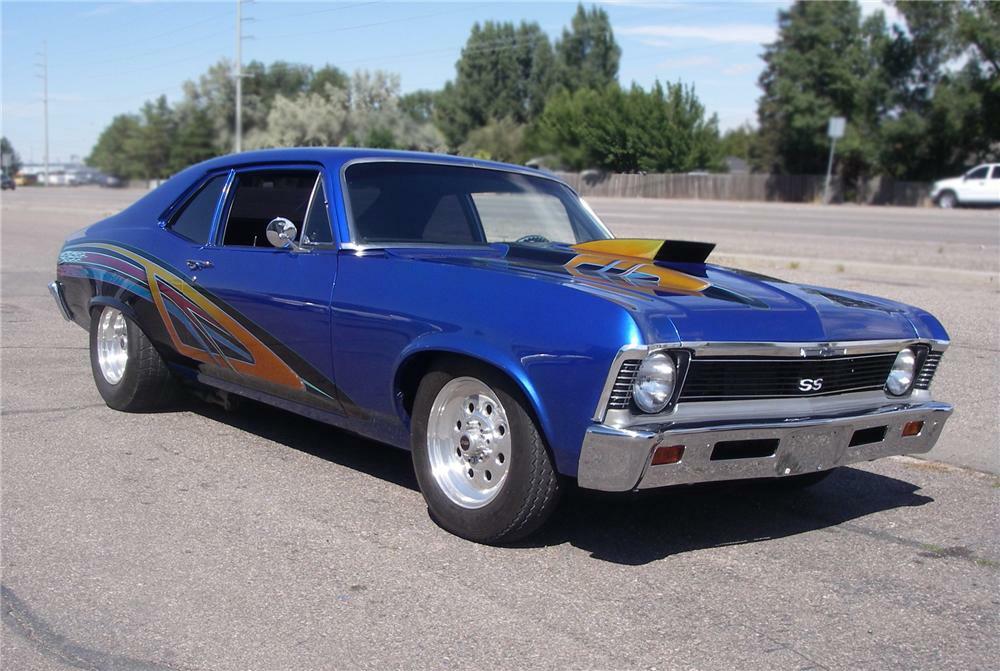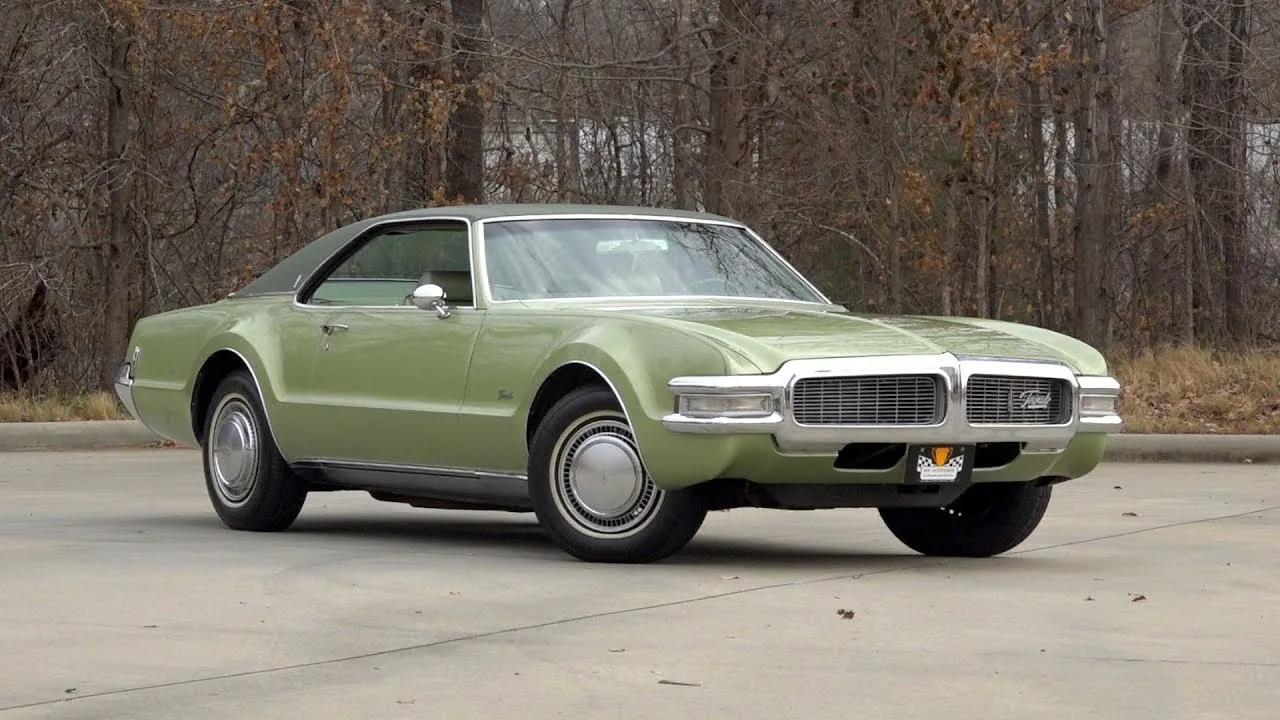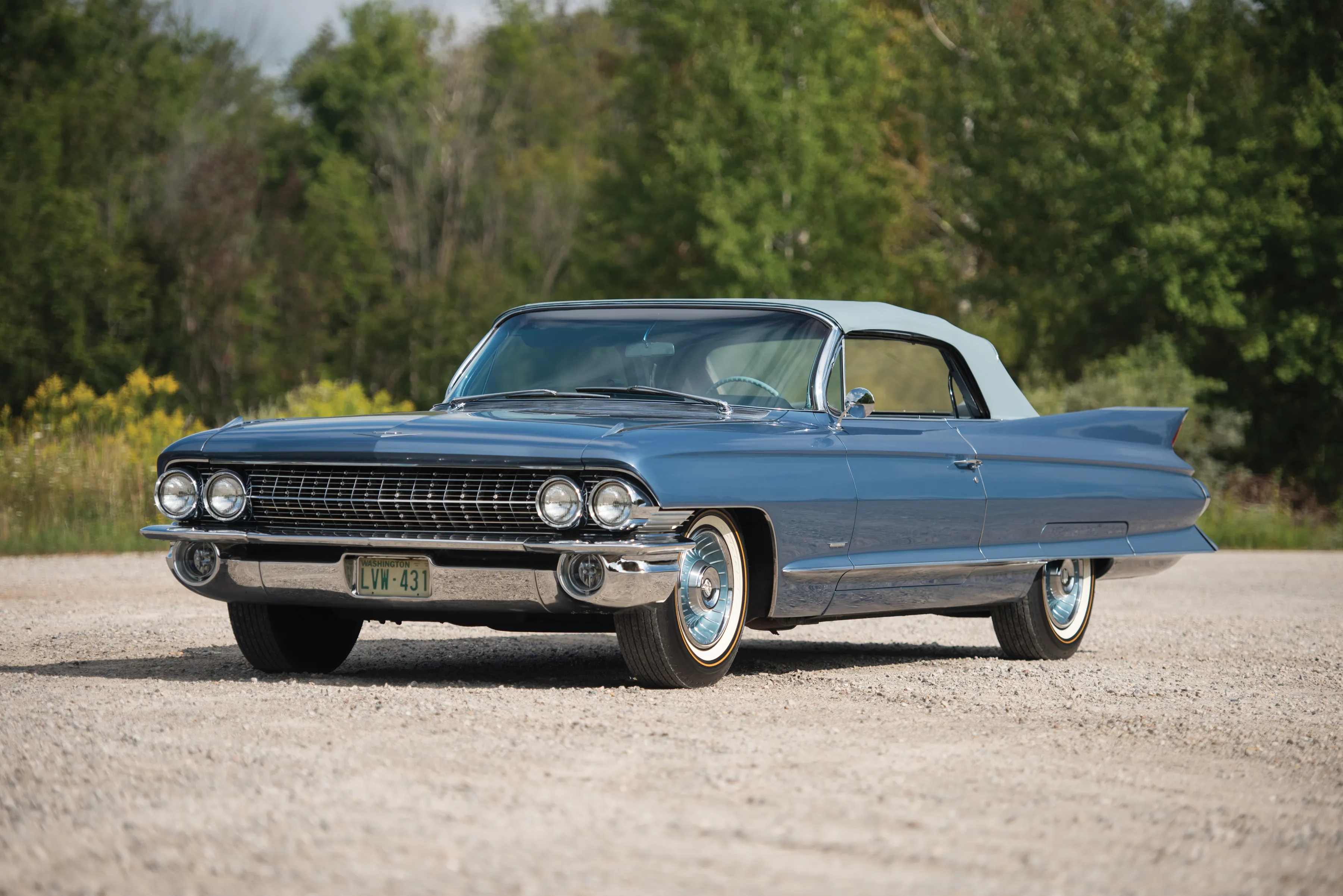In the early 1980s, the automotive landscape witnessed a shift towards more compact and fuel-efficient vehicles, and the 1980 Chevrolet Citation emerged as a pioneer in this new era. As the first front-wheel-drive compact car from Chevrolet, the Citation aimed to cater to the changing demands of consumers while introducing innovative design and engineering features.

Body Color: Two-Tone Beige
Engine Size: 2.5-Liter Inline-Four
Transmission Type: Three-Speed Automatic
Design and Aerodynamics

The 1980 Chevrolet Citation showcased a departure from traditional American car design, embracing a more aerodynamic and contemporary look. The sleek lines, flush door handles, and a wedge-shaped profile were not only visually appealing but also contributed to improved fuel efficiency. The hatchback model, in particular, offered versatility and a modern aesthetic that resonated with the evolving tastes of the era.

The front-wheel-drive architecture allowed for a shorter hood and increased cabin space, emphasizing practicality without compromising on style. The compact size made the Citation well-suited for urban driving, appealing to consumers seeking a nimble and efficient vehicle.
Interior Comfort and Innovation

Inside, the Citation featured a thoughtfully designed interior that maximized space utilization. The cabin was roomy, with comfortable seating for five passengers. The ergonomically designed dashboard put essential controls within easy reach of the driver, emphasizing convenience and user-friendly functionality.

One of the notable features was the innovative fold-down rear seat, expanding the cargo space and providing additional flexibility for transporting larger items. This adaptability spoke to the changing needs of consumers, aligning with a lifestyle that demanded versatility and practicality.
Performance and Powertrain

Under the hood, the 1980 Chevrolet Citation offered a range of engine options to cater to various preferences. The base model typically came equipped with a four-cylinder engine, while consumers seeking more power could opt for the available V6 engine. The introduction of fuel injection technology aimed to enhance fuel efficiency and overall performance, aligning with the industry's push towards economical driving.

The front-wheel-drive configuration not only improved traction but also contributed to a more efficient and space-conscious drivetrain layout. The Citation's responsive handling and agile maneuverability made it well-suited for urban environments, providing a balance between performance and efficiency.
Challenges and Controversies

Despite its innovative design and features, the 1980 Chevrolet Citation faced challenges, and some controversies arose during its production. The initial rush to market and a demand for a compact, fuel-efficient car led to quality control issues, affecting the early reputation of the Citation.
Moreover, concerns about premature rust and the durability of certain components raised questions about the car's long-term reliability. These challenges, along with the general shift towards smaller, more fuel-efficient imports, impacted the Citation's standing in the market.
Legacy and Impact

While the 1980 Chevrolet Citation faced its share of challenges, it played a pivotal role in shaping the direction of American automotive design. Its front-wheel-drive layout and compact dimensions influenced subsequent generations of vehicles, contributing to the industry-wide shift towards smaller, more efficient cars.
The Citation's innovative design elements and features laid the groundwork for future Chevrolet models, such as the Cavalier and the Corsica. The lessons learned from the Citation's production also influenced the approach to quality control in subsequent models.
Collector's Appeal

Today, the 1980 Chevrolet Citation has gained a level of appreciation among automotive enthusiasts and collectors. Restored examples showcase the unique design and innovative features that marked a transformative period in American car manufacturing.
For collectors, the Citation represents a tangible piece of automotive history—an early attempt to adapt to changing consumer preferences and fuel efficiency concerns. The car's distinctive design and the challenges it faced add layers of intrigue for those interested in the evolution of American compact cars.
Video Gallery
Photo Gallery












